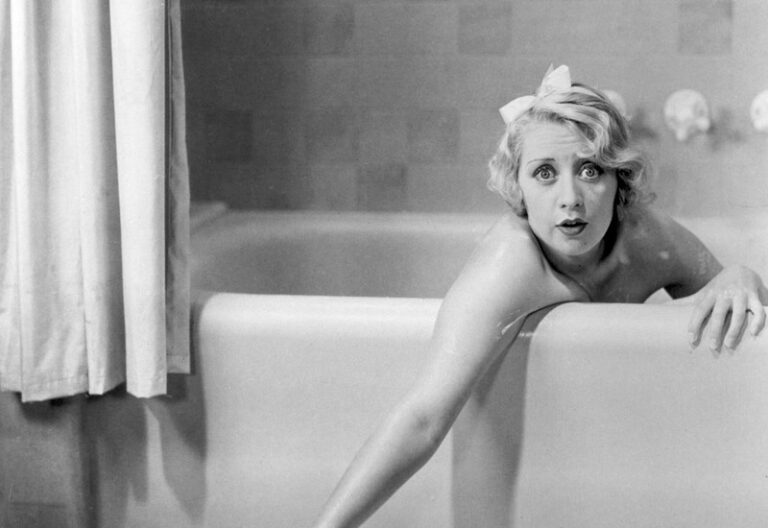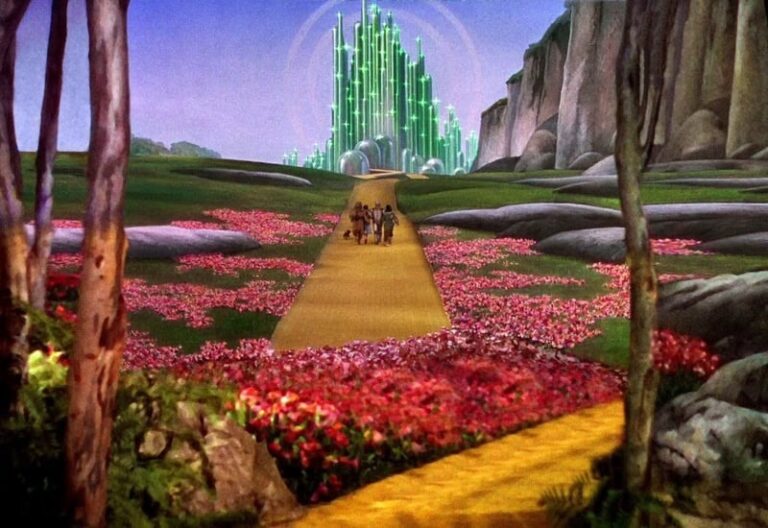exploring the golden age of hollywood
The Golden Age of Hollywood refers to the period between the late 1920s and the early 1960s when the American film industry was at its peak in terms of creativity, influence, and profitability. This era is marked by the dominance of the studio system, the rise of iconic film stars, and the production of many classic films that have left a lasting legacy.
Published by: CinemaWaves Team | Filed Under: Film Blog
The rise of the golden age of Hollywood
Technological advancements: The transition from silent films to “talkies” (films with synchronized sound) in the late 1920s was a significant factor in the start of the Golden Age. The invention of synchronized sound recording and playback systems, such as the Vitaphone, enabled filmmakers to incorporate dialogue and music directly into films. “The Jazz Singer” (1927) was a landmark moment in cinema history, demonstrating the commercial potential of sound films and prompting a rapid industry-wide shift from silent films to talkies. This technological revolution transformed the viewing experience, making movies more engaging and accessible to a broader audience.
The Studio System: The studio system was a vertically integrated model where major studios controlled production, distribution, and exhibition of films. This system was characterized by:
Production: Studios maintained vast lots and soundstages, employing a plethora of writers, directors, and technicians. The efficient, assembly-line production methods ensured a steady output of films.
Distribution: Studios had exclusive contracts with theaters, ensuring their films reached audiences nationwide.
Exhibition: Many studios owned chains of theaters, securing a consistent venue for their releases.
Key players included Metro-Goldwyn-Mayer (MGM), Paramount Pictures, Warner Bros, 20th Century Fox, and RKO Pictures. These studios fostered a distinctive style and brand identity, associated with their roster of stars and specific genres.
Economic factors: During the Great Depression, the film industry faced economic hardships, yet it adapted by providing affordable escapism. Double features, giveaways, and contests were strategies to attract audiences. Theaters offered newsreels, cartoons, and serials alongside feature films, ensuring value for money. Despite the economic downturn, attendance remained high, underscoring the public’s desire for distraction and entertainment.
Government regulation: The Production Code, also known as the Hays Code, was a set of moral guidelines established by the Motion Picture Producers and Distributors of America (MPPDA) to ensure films adhered to conservative moral standards. It prohibited explicit portrayals of violence, sex, and immoral behavior. The Code aimed to avoid government censorship by self-regulating the content of films. Its enforcement starting in 1934 shaped the narrative and thematic content of Hollywood films for decades, promoting a sanitized, idealized version of American life.

Characteristics of the Golden Age of Hollywood
Star system: The star system was central to Hollywood’s success. Studios signed actors to long-term contracts, grooming and promoting them to build their public personas. Stars like Clark Gable, Katharine Hepburn, Bette Davis, and Humphrey Bogart became icons, drawing audiences to theaters regardless of the film’s plot. The studios’ control over actors’ careers extended to their public images, ensuring they maintained a polished, marketable persona.
Technicolor: Technicolor was a major advancement that brought vibrant color to the silver screen. The three-strip Technicolor process, introduced in the early 1930s, produced vivid, saturated colors that enhanced the visual appeal of films. Movies like “The Wizard of Oz” (1939) and “Gone with the Wind” (1939) showed the technology’s potential, making color films a standard in Hollywood.
World War II: During World War II, Hollywood played a crucial role in supporting the war effort through propaganda and morale-boosting films. Studios produced documentaries and features that portrayed the Allies positively and depicted the Axis powers negatively. Films like “Casablanca” (1942) and “Mrs. Miniver” (1942) exemplified the era’s patriotic themes.

Genre films of the Golden Age
At the time, Hollywood specialized in genre films, each with distinct conventions and tropes, creating a cinematic landscape that catered to various audience preferences and expectations. This specialization allowed studios to develop expertise in specific genres, ensuring a high level of quality and consistency in their productions.
Musicals: These featured elaborate song-and-dance numbers, usually set in glamorous, fantasy worlds. Iconic examples include “Singin’ in the Rain” (1952) and “The Sound of Music” (1965).
Westerns: Set in the American frontier, these films depicted rugged heroes, lawmen, and outlaws. Classics include “Stagecoach” (1939) and “High Noon” (1952).
Comedies: Ranging from screwball comedies to romantic ones, films provided light-hearted entertainment. Notable titles include “Bringing Up Baby” (1938) and “Some Like It Hot” (1959).
Film Noir: Characterized by dark, cynical themes and stylistic elements like high-contrast lighting and complex narratives. Examples include “Double Indemnity” (1944) and “The Maltese Falcon” (1941).
Dramas: These films explored serious, emotional narratives, delving into complex human experiences and societal issues. They featured strong character development and intense performances. Some of the iconic dramas of the time are “Gone with the Wind” (1939) and “Casablanca” (1942).
What Killed Hollywood's
Golden Age?
The Paramount Decree (1948): The United States v. Paramount Pictures antitrust case led to the dismantling of the studio system. The Supreme Court ruled that studios could not own theaters. This decision significantly reduced the control studios had over the film industry, leading to more independent productions and changes in how films were distributed.
Rise of television: Television emerged as a major competitor to film in the 1950s. The convenience of home entertainment drew audiences away from theaters. Studios initially resisted TV, but eventually embraced it by producing content for television and allowing their films to be broadcast. The rise of TV led to changes in film content and marketing strategies, as studios looked to differentiate their offerings from television programming.
Changing audience tastes: The post-war era brought significant social and cultural changes. The civil rights movement, the counterculture of the 1960s, and shifting attitudes towards authority and tradition influenced audience preferences. Viewers sought films that reflected contemporary issues and more complex, realistic narratives. Hollywood struggled to adapt quickly to these changes, leading to a development of the New Hollywood film movement from the 1960s and 1970s.
Decline of the Hays Code: The rigidity of the Production Code became increasingly untenable as filmmakers pushed boundaries and societal norms evolved. By the 1960s, directors and producers were challenging the Code with films that addressed controversial topics such as sexuality, violence, and social issues. The Code’s influence waned, leading to its replacement by the MPAA film rating system in 1968, which provided more flexible guidelines for film content.
Economic challenges: The rising costs of film production, coupled with declining box office revenues, posed economic challenges for studios. Big-budget epics and lavish productions became risky ventures. Studios began to experiment with different business models, including co-productions. This period saw the rise of independent filmmaking, which offered fresh perspectives and innovative storytelling.
Refer to the main page for more educational insights on filmmaking and cinema history.
The Hays Code, also known as the Motion Picture Production Code, was a set of guidelines established to govern the content of films produced in the United States from 1930…
Technicolor’s origins trace back to the 1915 when Herbert Kalmus, Daniel Frost Comstock, and W. Burton Wescott founded the Technicolor Motion Picture Corporation. The…
Pre-Code Hollywood is a period in the American film industry between the widespread adoption of sound in 1929 and the enforcement of the Motion Picture Production Code….
Independent film, often called indie film, is produced outside the major studio system. Its roots can be traced back to the early 20th century, when filmmakers began seeking…
Arthouse film refers to a category of cinema known for its artistic and experimental nature, usually produced outside the major film studio system. These films prioritize artistic…
In the late 1960s and throughout the 1970s, until mid 1980s, a cinematic revolution unfolded in Hollywood that would forever change the landscape of the film industry. American New…






